19 March 2021 – To help mitigate the spread of COVID-19 in Singapore, six NUS Computing students and alumni built a web application last year to improve the speed and accuracy of nation-wide contact tracing.
Over a period of three months, the team worked closely with the Singapore Armed Forces (SAF) to build the app, which is now part of Singapore’s national contact tracing system.
In recognition of their efforts, the NUS Computing team (along with a team from the Ministry of Health, Singapore) received the Tech Heroes From Crisis Pathfinder Team award at the Singapore Computer Society IT Leader Awards Presentation Ceremony, held yesterday.
The NUS Computing team was led by Lee Sing Jie, a Computer Engineering alumnus, and comprised then first-year undergraduates Zhu Hanming, Dexter Tan Ying Jie, Sebastian Toh Shi Jian, and Low Jie Feng, as well as Tan E-Liang (then a third-year undergraduate).
They were brought together to complete this project under the ambit of Computing for Voluntary Welfare Organisations (CVWO), an initiative by Associate Professor Ben Leong. The programme is fully sponsored by the sovereign wealth fund GIC and provides opportunities for students to work on computing projects that serve communities in need.
Speaking on behalf of the team, Zhu said that they are “pleasantly surprised to win this award”.
“We worked on this project because there was an urgent need to improve the workflow of contact tracing at that time. We feel honoured to be recognised for our work, and view this award as a sign that our efforts have paid off — that we managed to make a small difference on a national level,” said Zhu.
He added: “This could not have been done without the help and expertise of individuals from the SAF, the Republic of Singapore Air Force (RSAF), and the Defence Science and Technology Agency (DSTA). They helped to anchor much of the operations on the ground, and consistently gave us feedback and suggestions, which allowed us to identify and meet the rapidly changing requirements.”

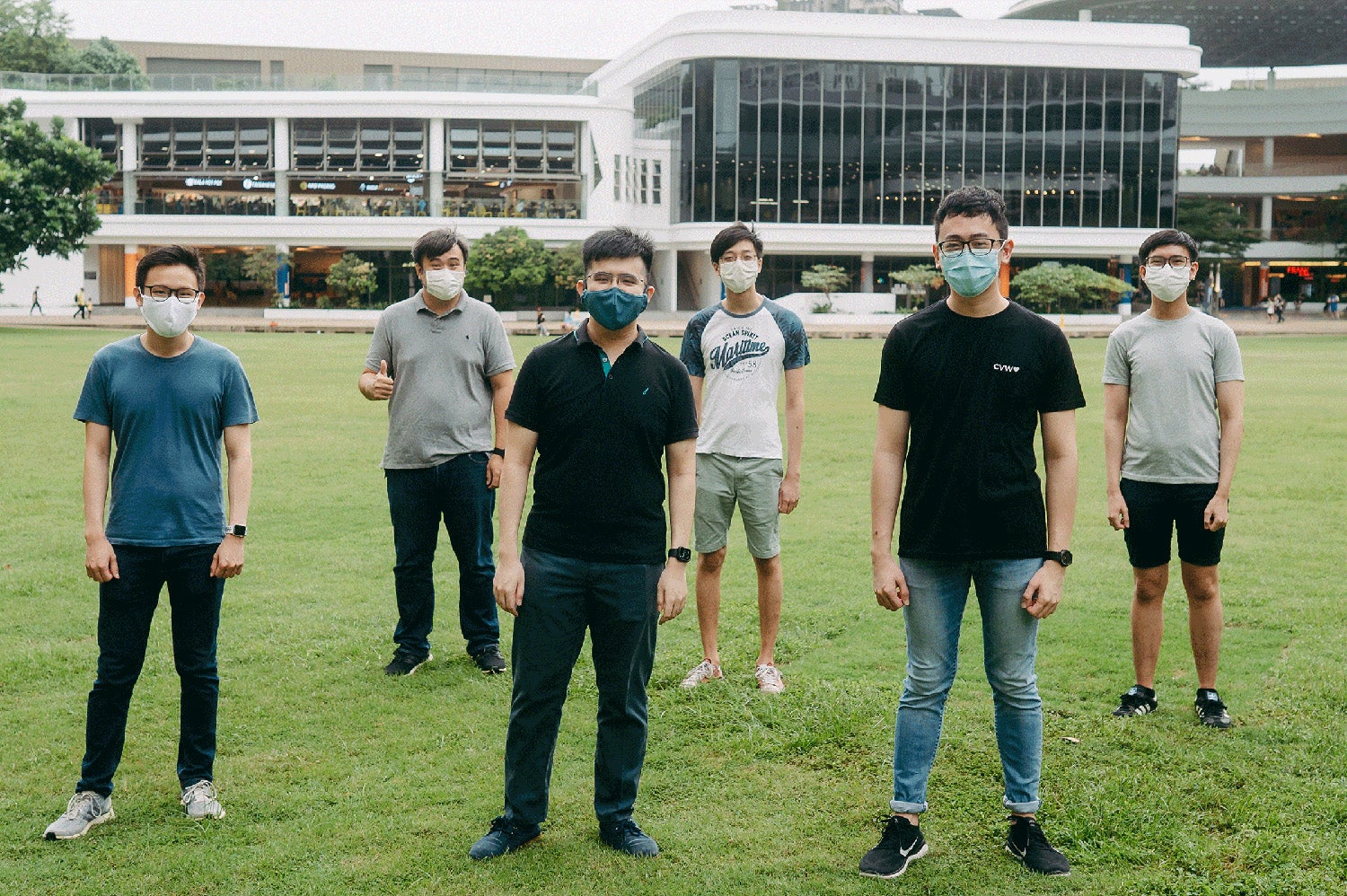
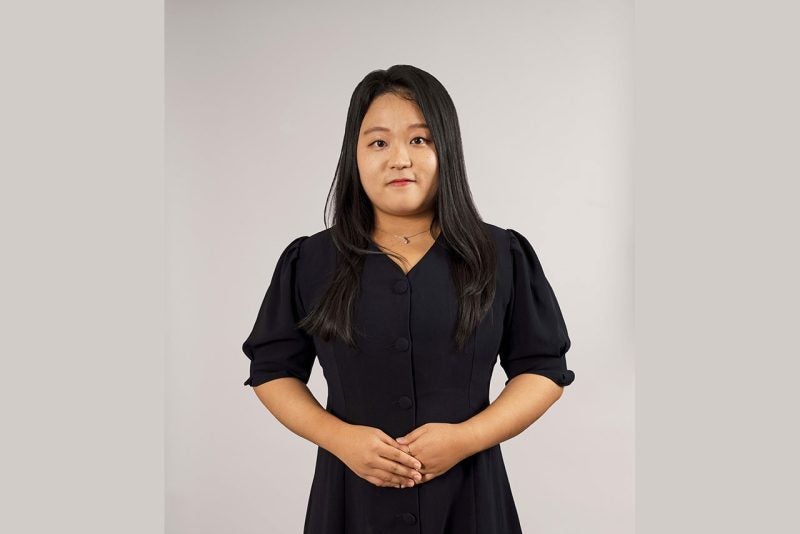
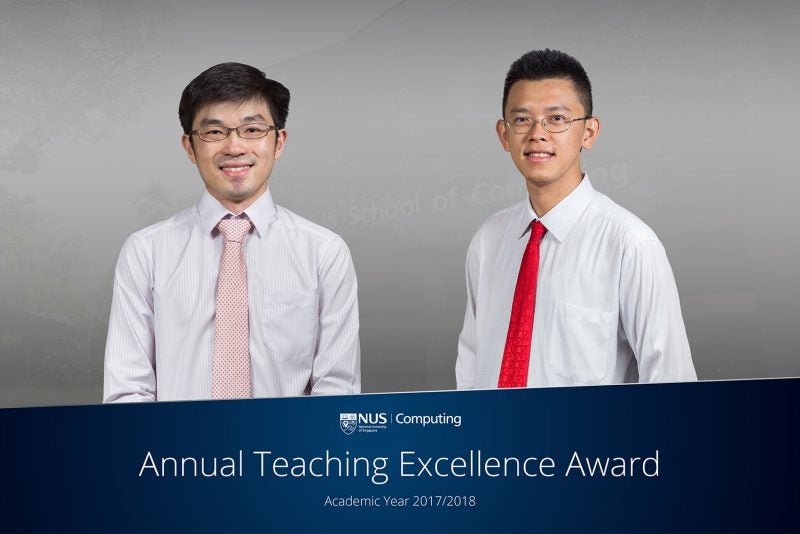
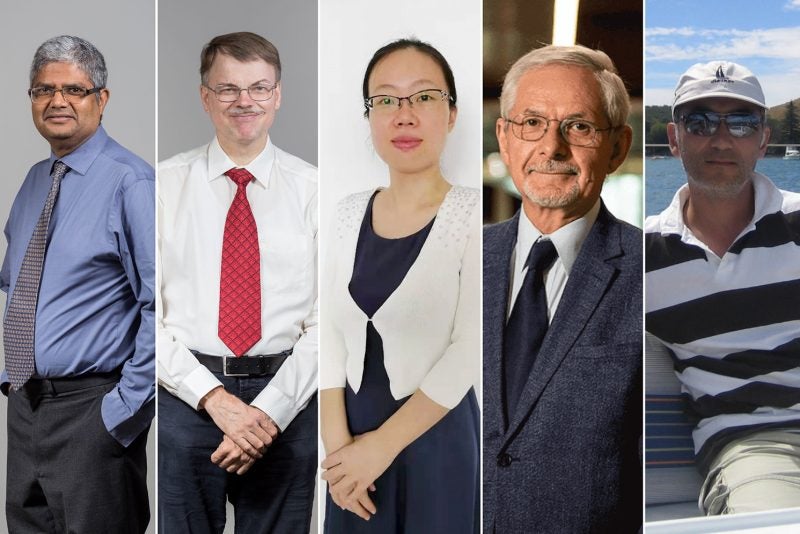
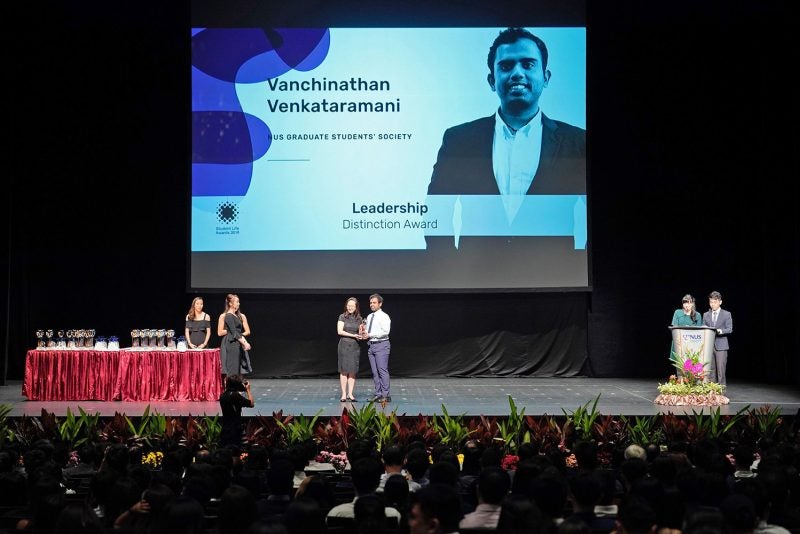

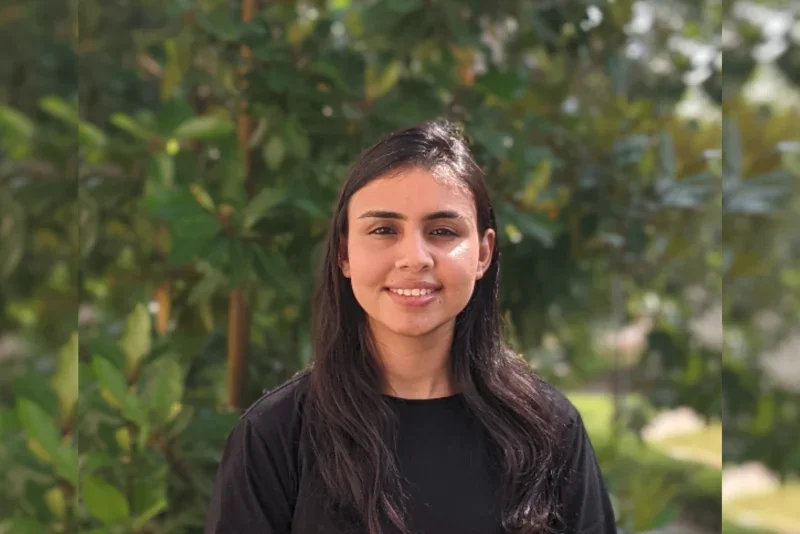
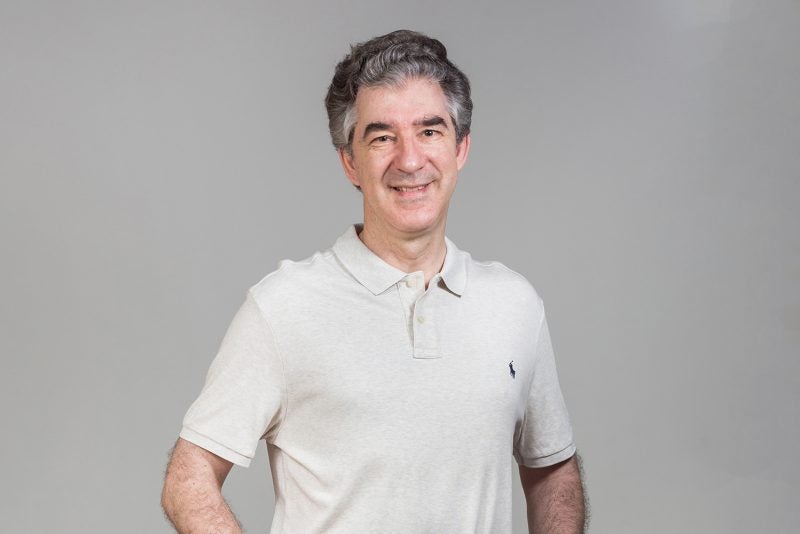
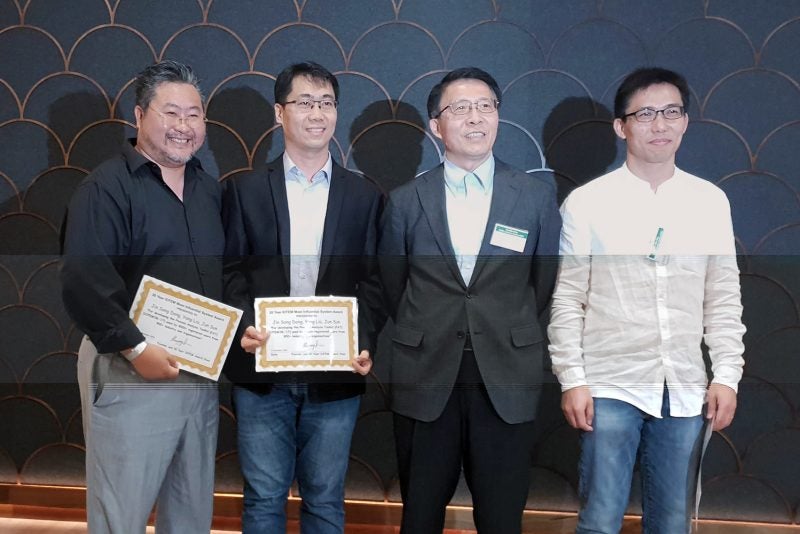
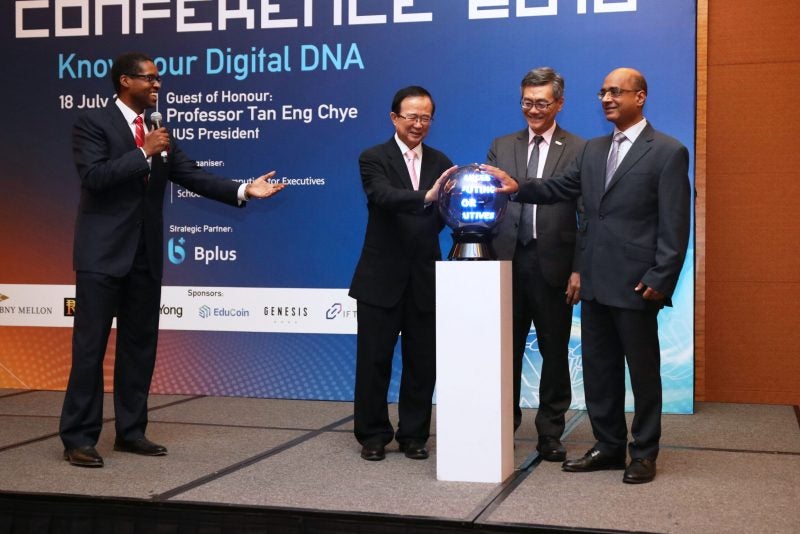

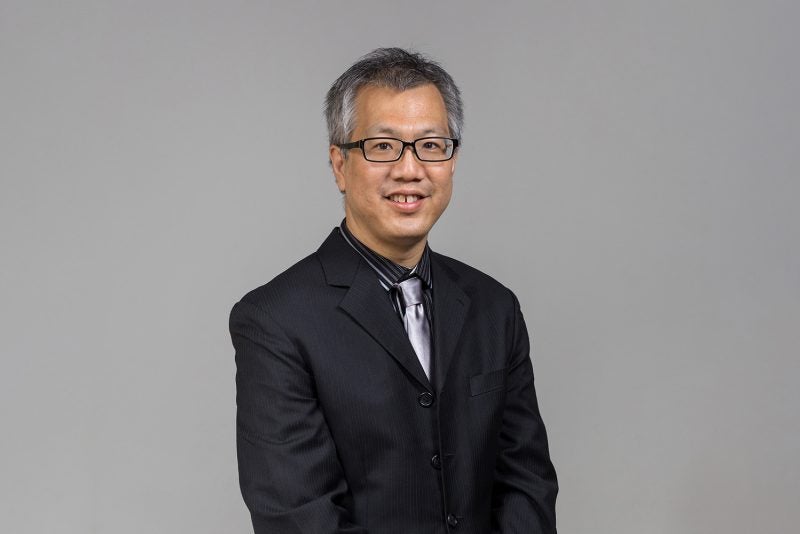
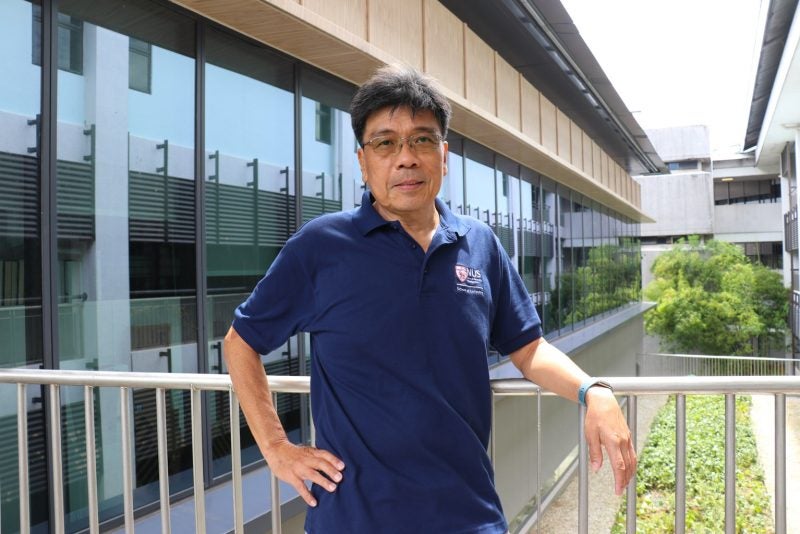
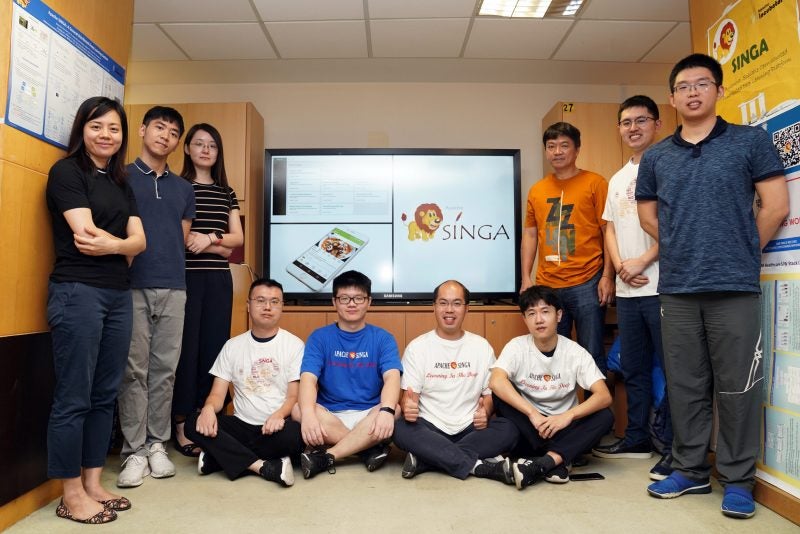
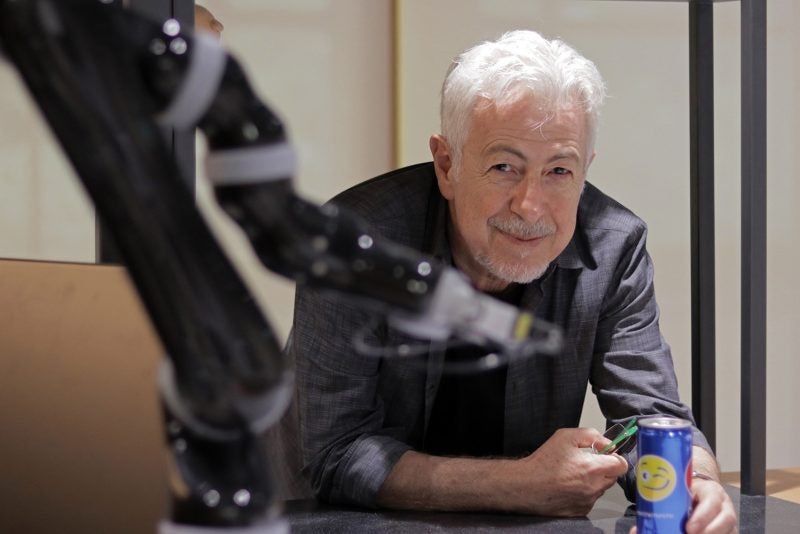
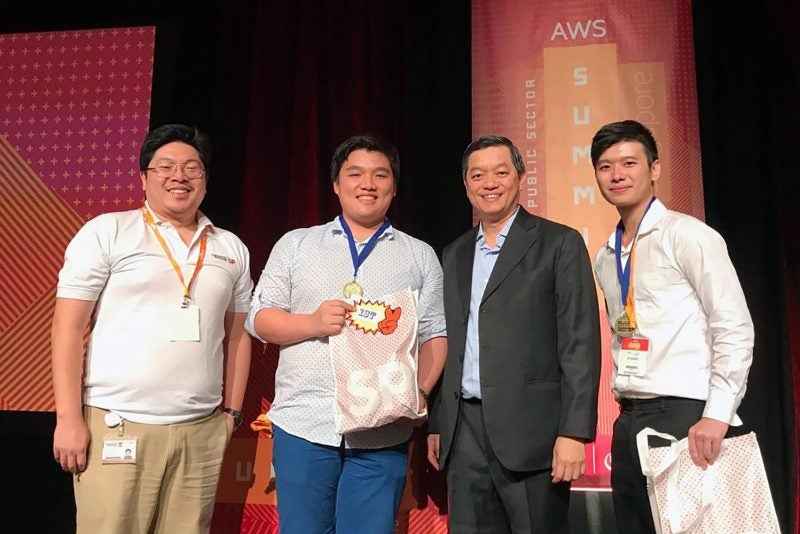
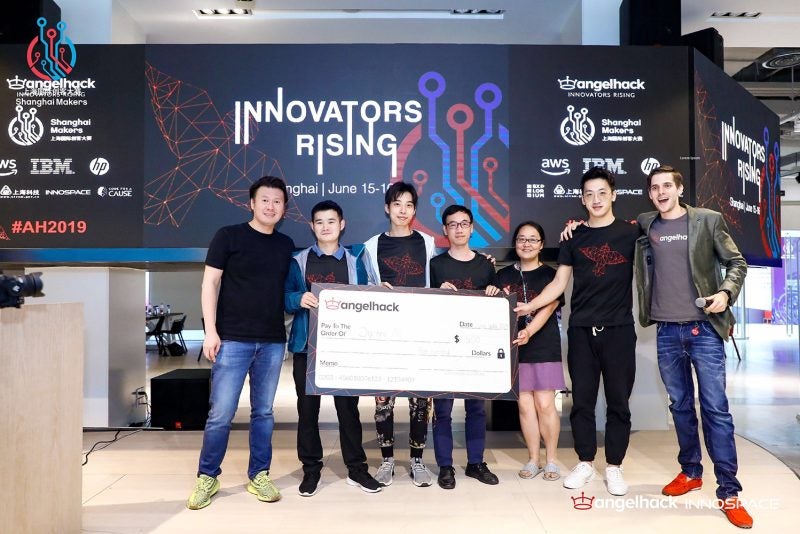
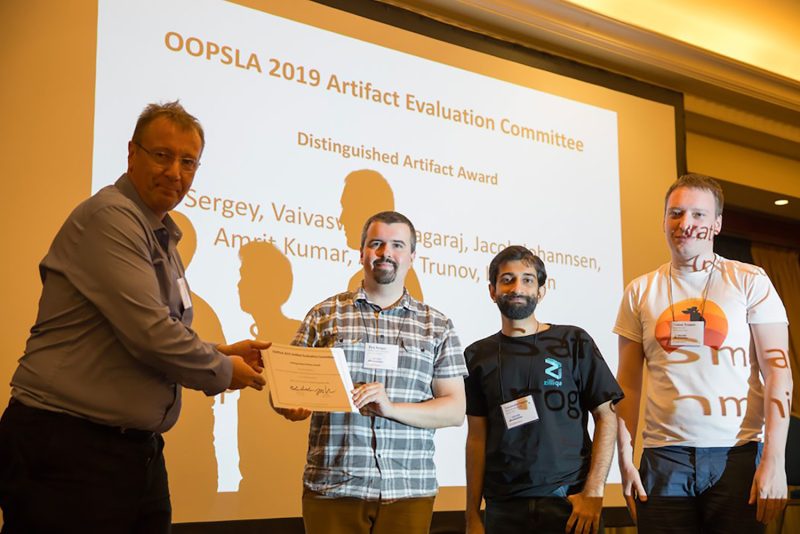
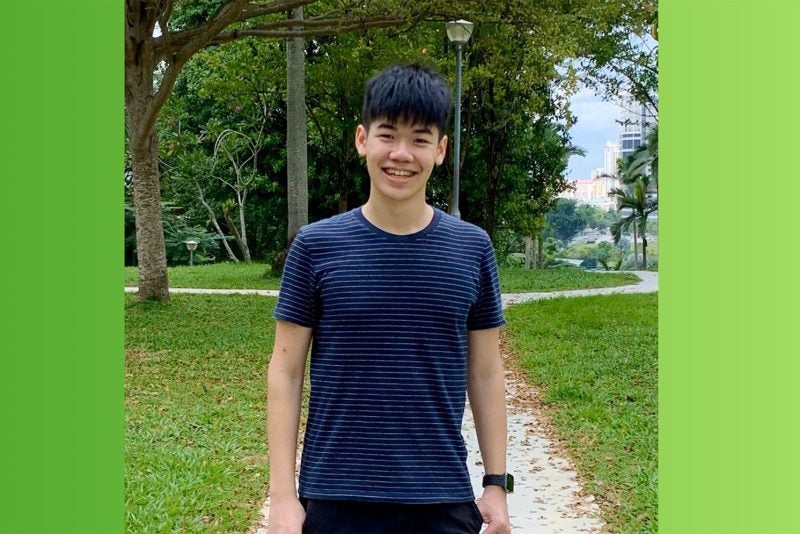
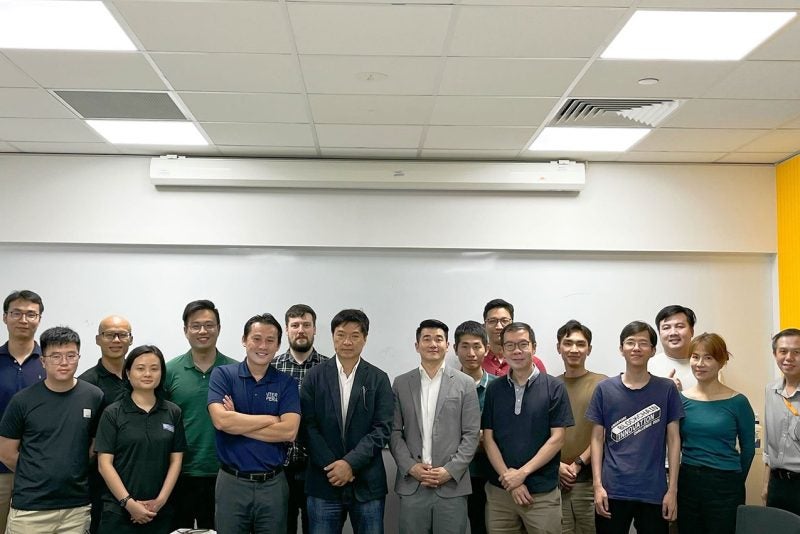
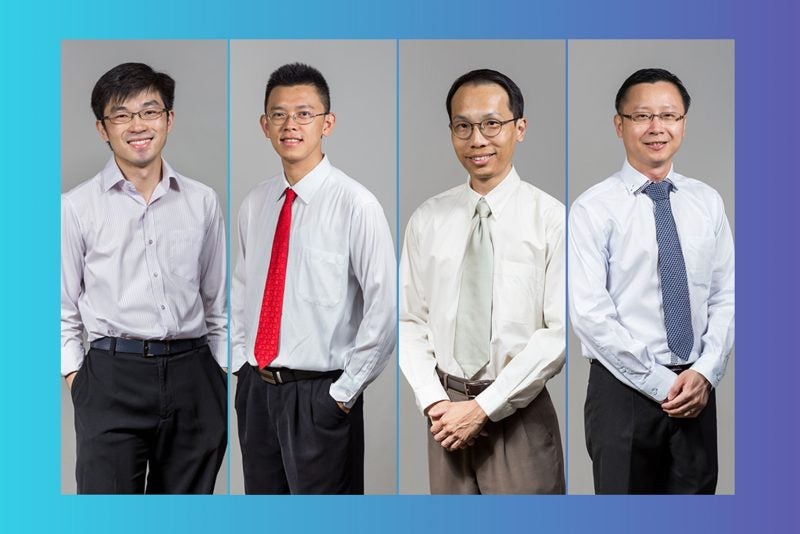
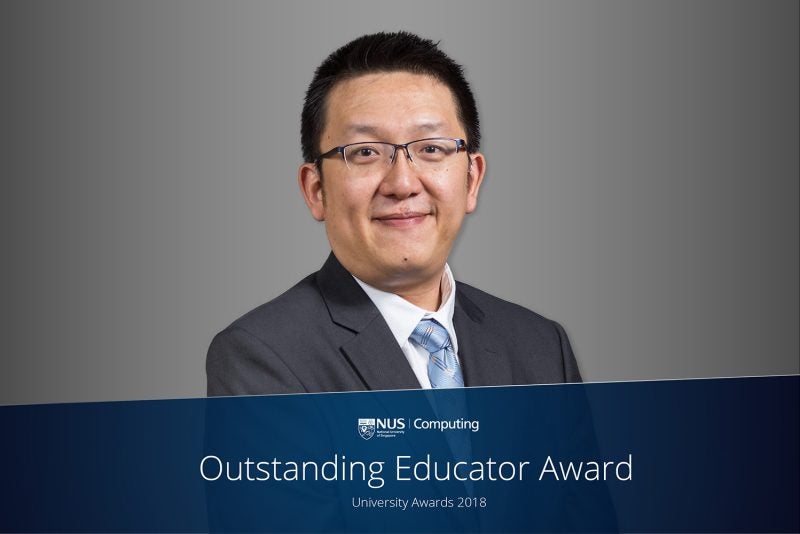
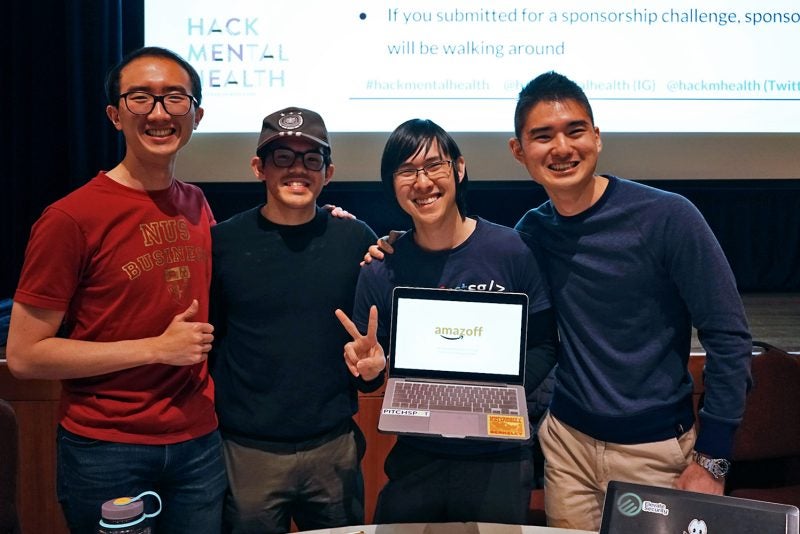
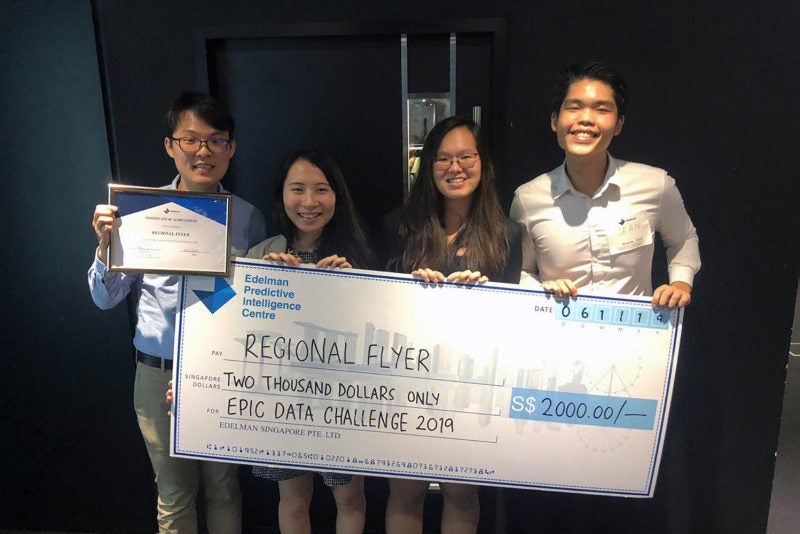
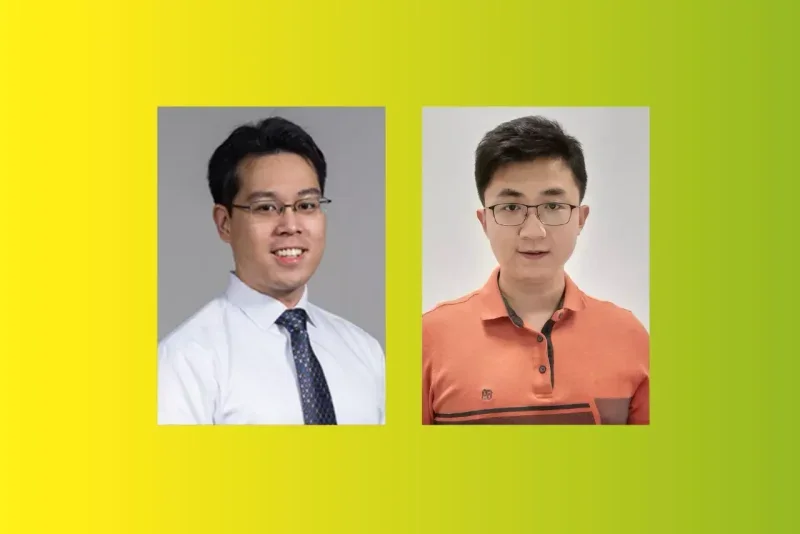
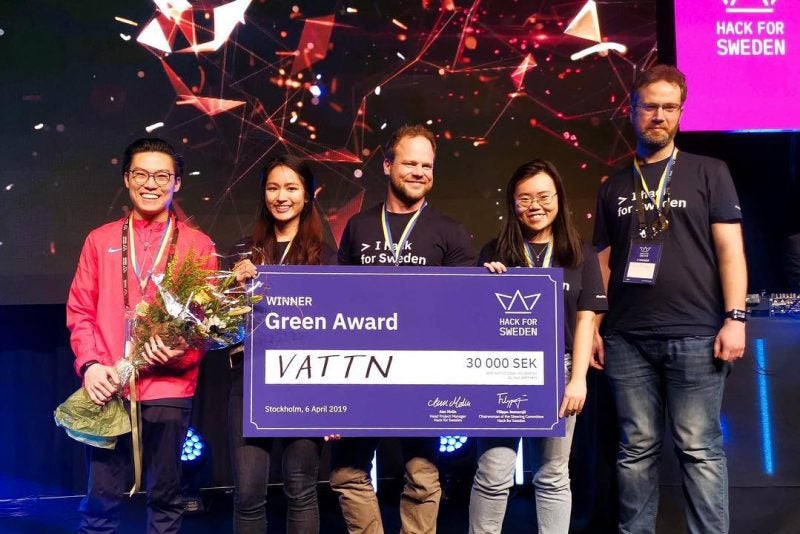
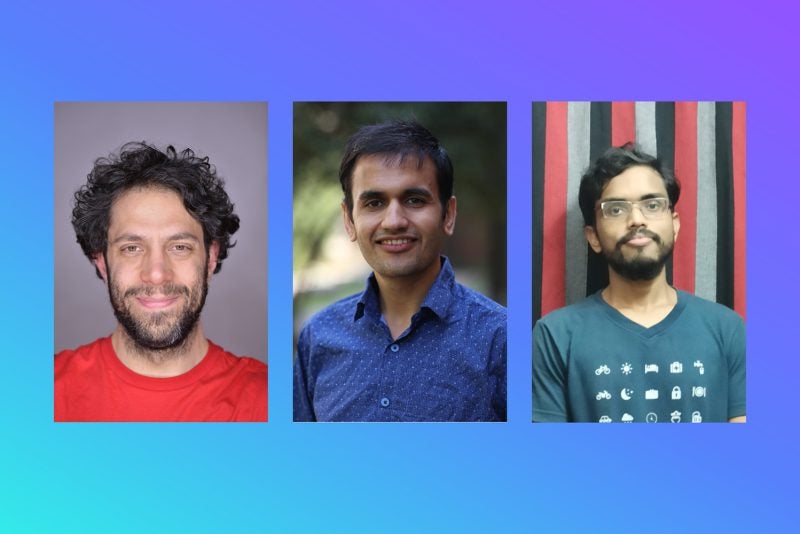
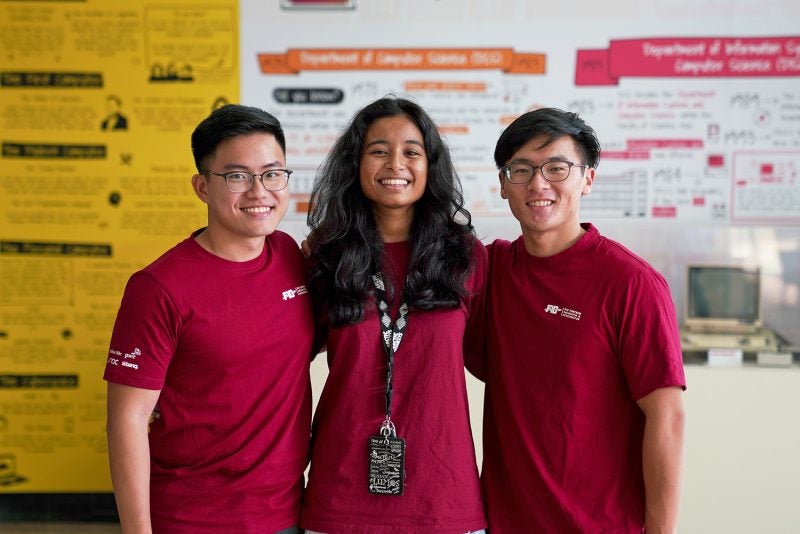
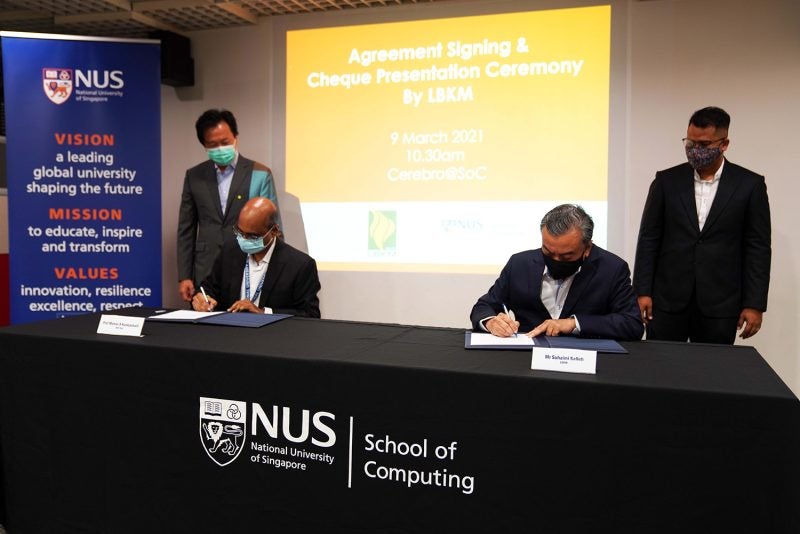
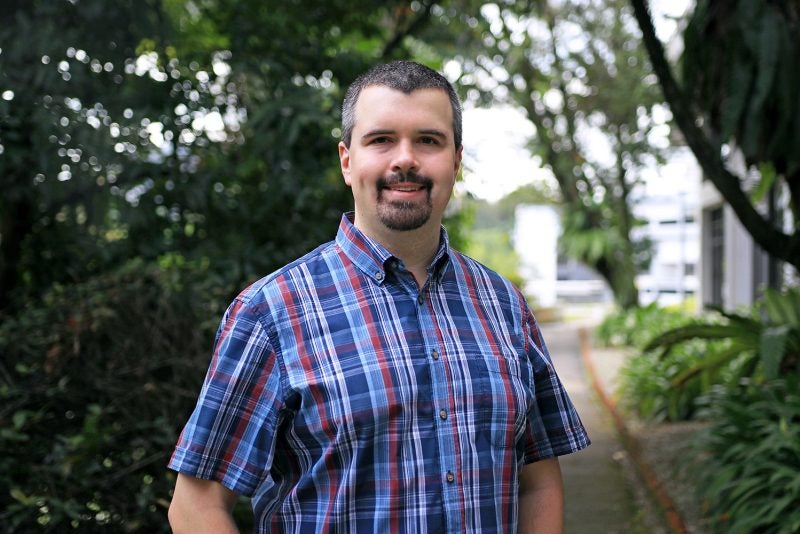
Assistant Professor Yair Zick: Ethics in Artificial Intelligence